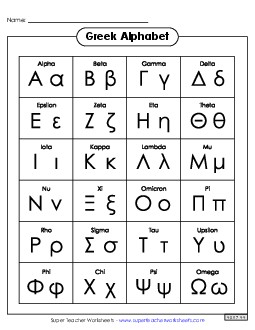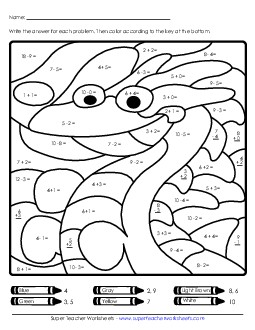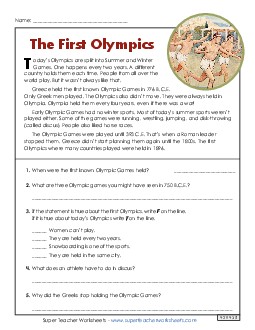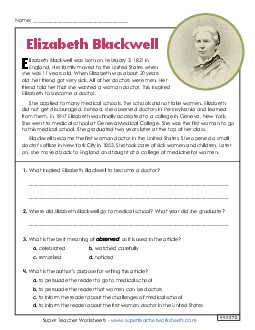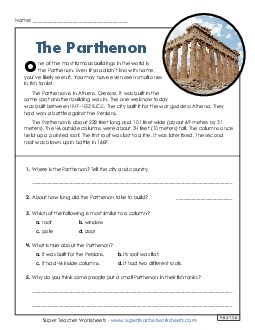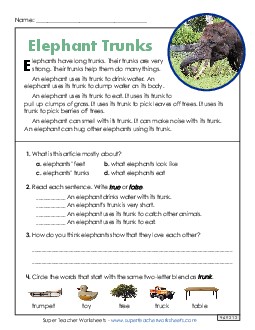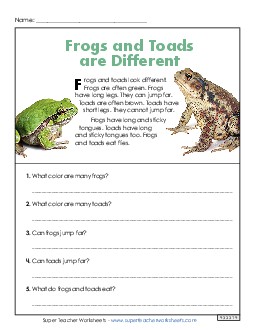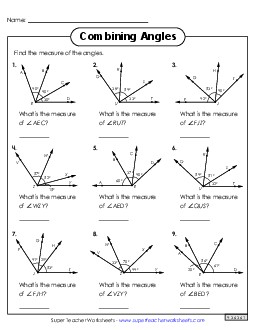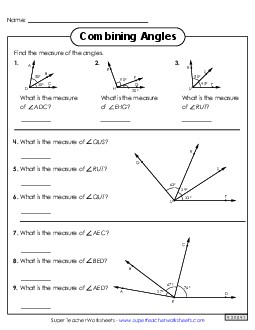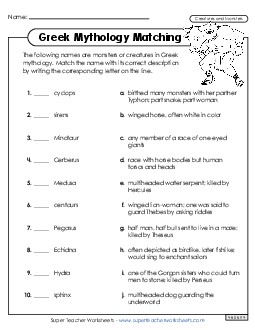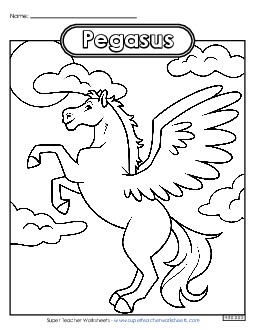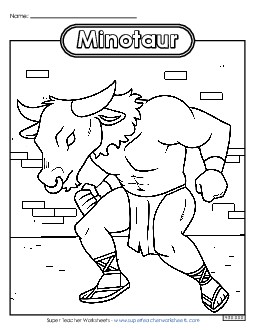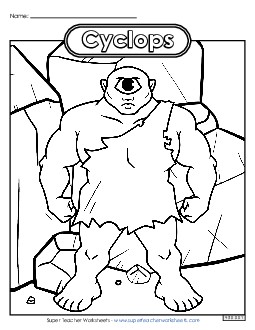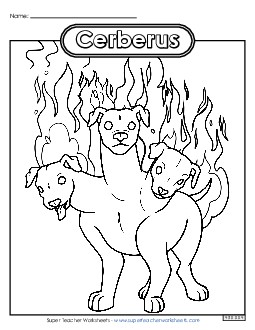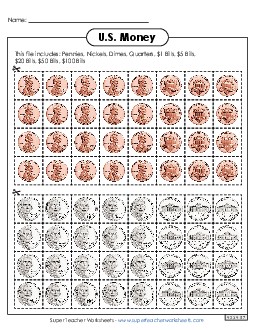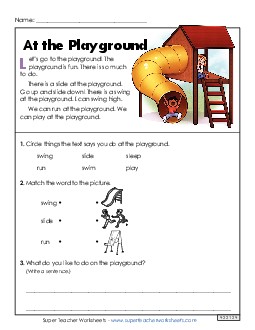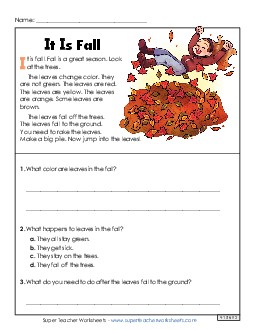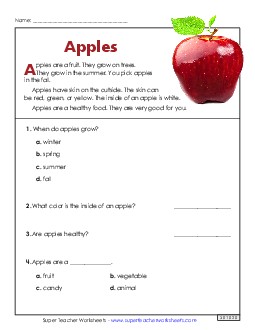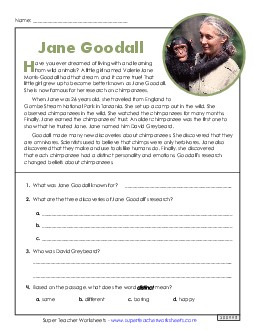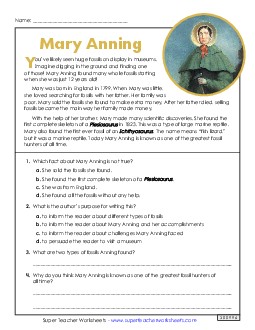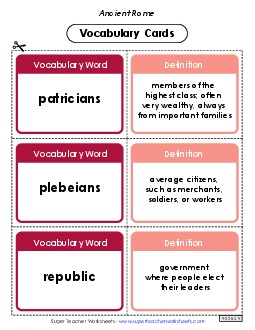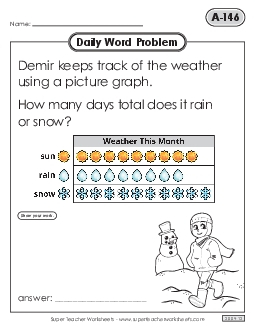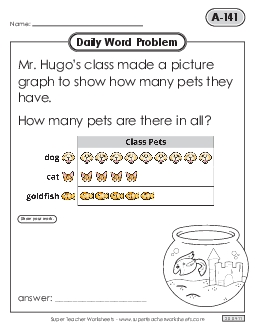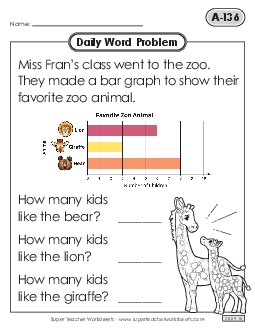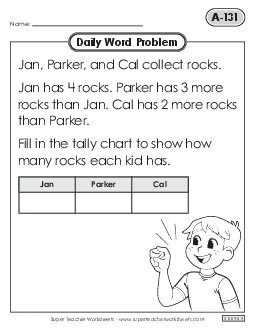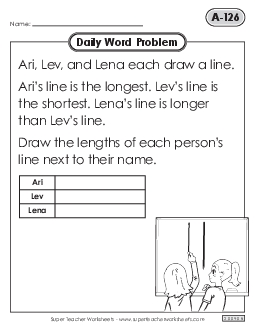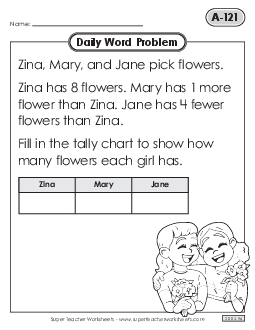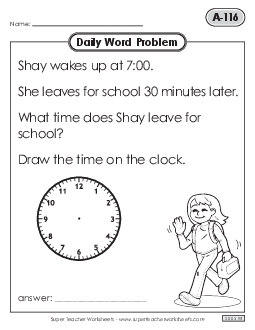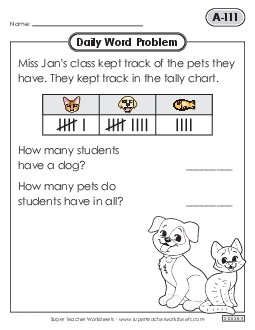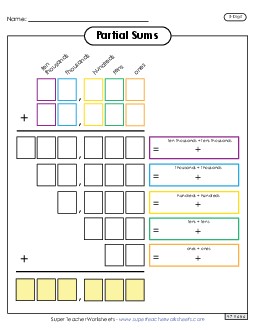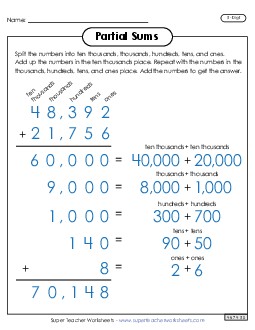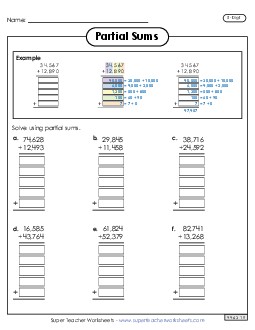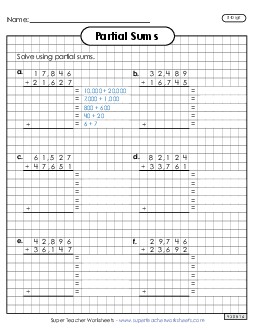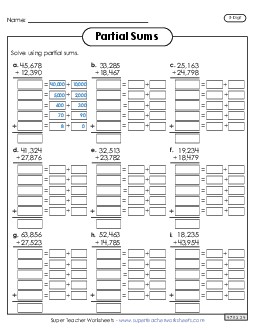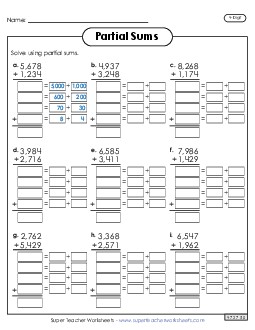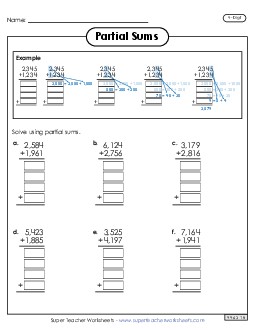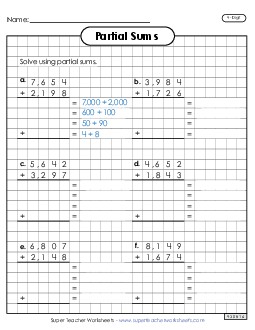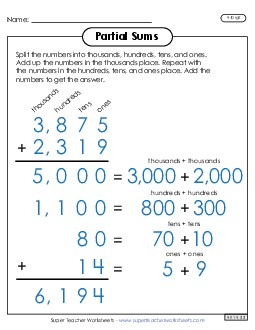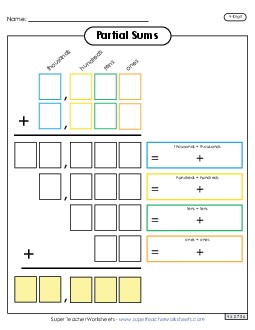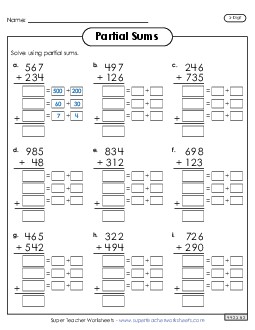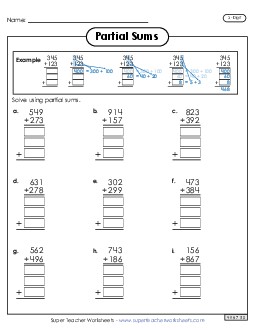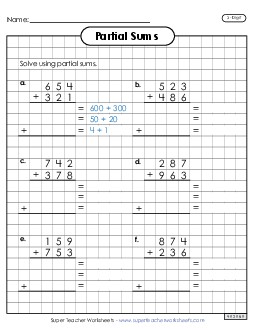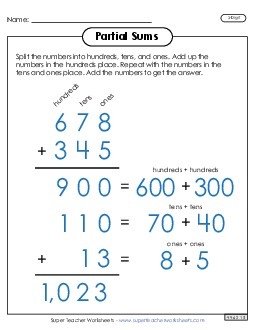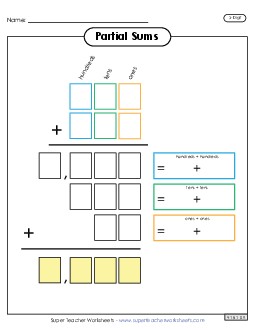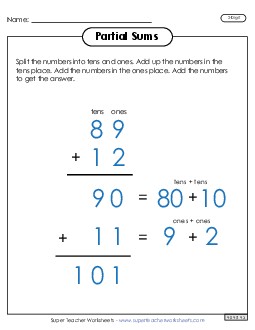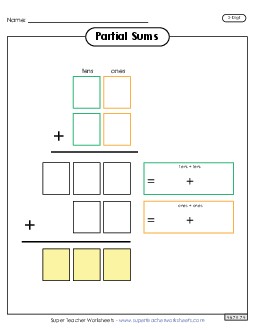New Spanish Translations on STW
We add new Spanish versions of our printable worksheets, games, and teaching tools all the time! This page highlights some of our most recent Spanish translations.

This printable PDF chart provides the capital and lowercase letters of the Greek alphabet.
Filing Cabinet
Logged in members can use the Super Teacher Worksheets filing cabinet to save their favorite worksheets.
Quickly access your most used files AND your custom generated worksheets!
Please login to your account or become a member and join our community today to utilize this helpful feature.
Add and subtract to solve the beginner math problems. There is a key at the bottom that will guide students to color each part of the dragon picture.
Read this short passage to learn more about the first Olympics.
Elizabeth Blackwell was the first woman doctor in the United States. Read this short article to learn more about her life.
This short reading passage is about one of the most well-known historic buildings in the world. Learn a bit about the building and answer several questions to complete this worksheet.
What do elephants use their trunks for? It turns out, quite a few things! Read about them in this short passage and then answer 4 questions.
This short passage explains a few key differences between frogs and toads, plus a couple similarities.
Recognizing the additive nature of the angles on this page, students will find the measure of a bigger angle by adding together the measures of one or more smaller angles.
To find the angles on this sheet, students will have to add the measures of two or more angles together.
Can you match the names of these famous creatures and monsters from Greek mythology with their descriptions? Write the corresponding letter on the line.

Have you seen the Super Teacher Blog? We post fun, new teaching ideas every month.
Be sure to check it out. Go To STW's Blog
This adorable image of Pegasus, the winged horse from Greek mythology, makes for a fun and engaging coloring activity.
This coloring page shows Minotaur, the creature from Greek mythology said to have the head and tail of a bull and the body of a human man.
If you're introducing students to Greek mythology, this Medusa coloring page might be a great place to start.
Print out this coloring page showing our rendering of Greek mythology's Cyclops.
Here is a coloring page showing Cerberus, the 3-headed dog said in Greek mythology to guard the gates of the underworld.
This file has pictures of American coins that you can use for coin recognition review or counting money activities. Includes pennies, nickels, dimes, quarters, $1, $5, $10, $20, $50, and $100 bills.
Who doesn't love a trip to the playground? This short article tells about a few things you can do at the playground. Have your students read it and answer the questions.
Print out this worksheet for your students to read a short passage and answer questions about it. The article is about autumn and the season's leaves.
Apples can be a tasty and healthy snack! Have your students read this short passage to learn some basic facts about them. Then they can answer the reading comprehension questions that follow.
Read about Bessie Coleman, the first African American woman to become a pilot, with this printable worksheet.
Read about Jane Goodall, a woman famous for her research on chimpanzees. Then answer several reading comprehension questions to test your understanding of the material.
Read this short article about Wilma Rudolph, an Olympian who overcame immense odds and broke three world records in track and field.
¿Habla español?
Many of our worksheets have been translated into Spanish! Click the button below worksheet descriptions to view our Spanish translations.
button below worksheet descriptions to view our Spanish translations.
Many of our worksheets have been translated into Spanish! Click the
 button below worksheet descriptions to view our Spanish translations.
button below worksheet descriptions to view our Spanish translations.Read about Mary Anning, a woman known to be one of the greatest fossil hunters of all time, in this short article.
Can birds be bald when they don't have hair to begin with? Learn about the color-changing characteristics of this popular eagle, then answer five questions.
Cut out these vocabulary cards for words related to ancient Rome and use them in various ways around your classroom. Words include republic, dictator, Colosseum, gladiators, and aqueduct.
Finish this series strong with a picture graph, time calculations, and other interesting daily word problems. If you've been doing this set in order, your students may be ready to move on to our second grade series!
This week students will use logic and reasoning skills, as well as other important math skills to solve these realistic word problems.
This week your students will read and interpret a bar graph, draw time on a clock, practice their addition and subtraction skills, and more!
Fill in a tally chart, count by tens, draw lines to divide a shape into equal parts, and practice more important math skills with this week's daily word problems.
Use realistic scenarios described in these word problems to help students practice crucial elementary math skills.
This week, students will complete a tally chart, add time and draw it on a clock, add, and subtract.
With this week's word problems, students will add 3 or more numbers, show time on an analog clock, subtract, and more.
Get some more daily practice with key math skills such as telling time, reading and making a tally chart, addition, and more.
This outline shows a breakdown of how to solve a 5-digit addition problem using the partial sums method. Several pages include space for students to write in numbers on their own, while the last page shows an example of a completed problem with all work shown.
This handy anchor chart shows a completed example of a 5-digit by 5-digit addition problem solved using partial sums. It also includes a few sentences summarizing how to solve such problems.
Use the partial sums method to solve the addition problems on this page. Boxes are included to write each partial sum.
Use the graph paper to keep your work written neatly as you solve these 5-digit problems with the partial sums method.
Write each of the partial addends and sums in their appropriate boxes and add the partial sums together to get the total sums for these 5-digit addition problems.
Find the answers to these addition problems by using the partial sums method. Boxes provide ample space to show work.
Solve the 4-digit addition problems on this page using partial sums. A helpful example to refer back to is included at the top of the page.
Use the graph paper to show your work when solving the six addition problems on this page.
This anchor chart easily outlines how to split up 4-digit addition problems using partial sums. It includes a complete example of a solved problem.
This printout outlines how to solve 4-digit addition problems with partial sums in an easy-to-understand way.
On this worksheet, students will practice their addition skills using the partial sums method.
This printable shows a step-by-step example of how to solve a 3-digit addition problem with partial sums. Students can reference the example as they complete 9 other problems.
This page has space for students to solve the three-digit addition problems on graph paper using partial sums.
Print out this anchor chart to use as a reference for solving 3-digit addition problems with the partial sums method.
This printout includes several pages showing how to solve a 3-digit by 3-digit addition problem with partial sums.
This anchor chart shows an example of a completed math problem solved with the partial sums method of addition. It also includes a brief written explanation of how to use the method.
This file has 4 pages showing how to solve an addition problem with partial sums. The final page shows a full example with all numbers.



